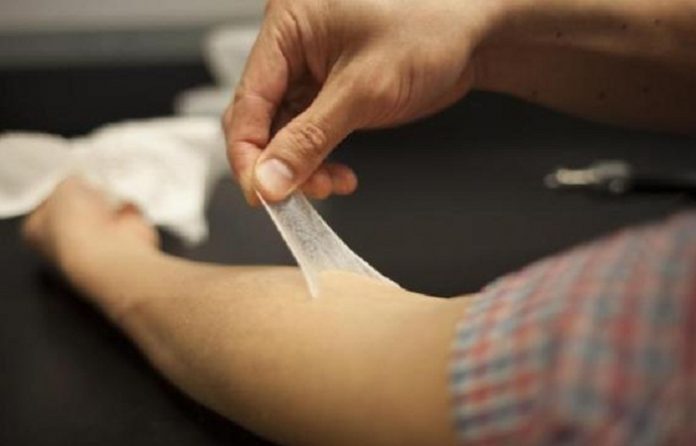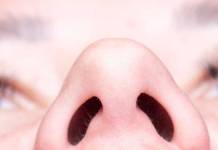
Researchers from MIT announced on the 9th of May that they had managed to create ‘second skin’ to treat local skin conditions, protect it from sun damage as well as enhance its youthfulness. The newly created ‘second skin’ is invisible and acts as a shield protecting as well as moisturizing the area it is worn on.
Daniel Anderson, a professor in MIT’s chemical engineering department, stated that ‘the skin is invisible, acts as a barrier, can provide cosmetic improvement as well as brings potential to deliver drugs locally to the area being treated. These three things could make it ideal for using on humans’.
This second skin was developed from cross-linked polymers(XPL) that most closely match the qualities and characteristics of the healthy skin.
The researchers put together a list of 100 polymers that were suitable for creating ‘second skin’. This study employed the use of a silicone-based polymer whose arrangement was manipulated to build the appropriate XPL.
The XPL or ‘second skin’ is applied to the skin in two parts, both topically as ointments or creams. Once dried, they appear invisible while lending added tenacity as well as moisturizing your skin. The XPL performed outstandingly in lab tests proving more beneficial than over-the-counter skin-lotions. When applied to the face, the XPL was noted to decrease the visibility of age marks by reshaping the area around the eyelids while maintaining its form for 24 hours.
‘Second skin’ was also tested on a forearm to gauge its elasticity. When placed under a suction cup, the XPL layered skin bounced back to its original form faster than clear skin. When compared, XPL showed to be elastic up to 250% whereas skin shows an elasticity of up to 180%.
None of the participants in the XPL trials reported any irritation or discomfort to their skin. A new company co-developed by Langer and Anderson, named ‘Olivo Laboratories’ will further work on the development of ‘second skin’ to utilize it for delivering topical medication for skin conditions.











